Eleanor Penny
Students & Alumni. Interior Design.
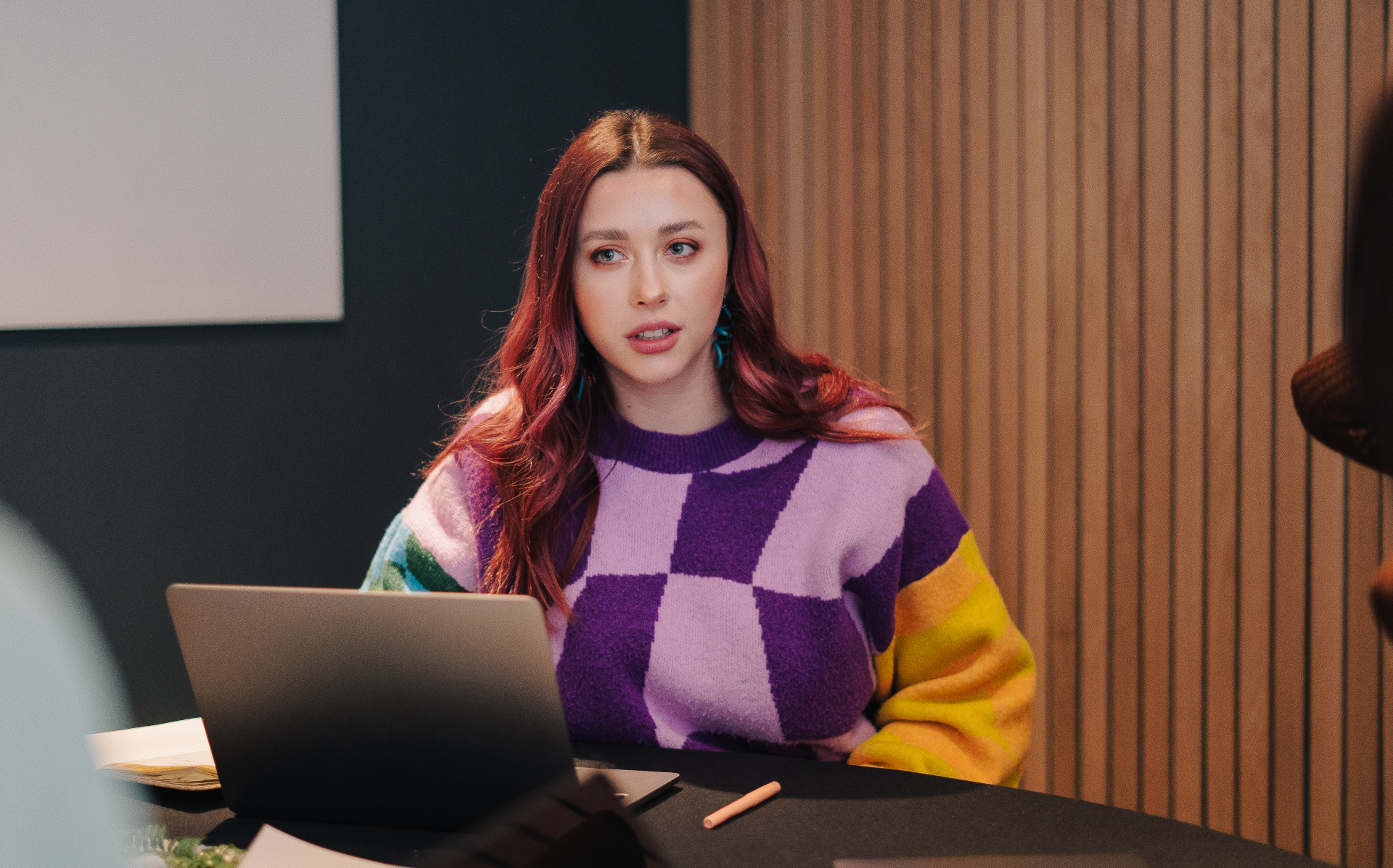
Eleanor Penny graduated from our BA (Hons) Interior Design in 2020 and, following various roles in design-related companies, now works for Cambridge-based design studio Layrd Design.
What have you been doing since graduating from ARU?
I’ve been working as an interior designer throughout Cambridge. When I initially graduated I had a job at an architecture firm, but now I'm working for a small design studio called Layrd Design. We do all types of commercial design throughout the country, but my base is primarily Cambridge.
I did a lot of part time work whilst I was a student, and I did internships here and there too, so I was very lucky that in my third year I already had a part-time job at an architecture company as an interior designer. I went almost straight into that. This is at the same time as things like the pandemic were happening, so there were a few moments where it was a bit all over the place, but it was straightforward for me personally. I've been in this role now for about two years, and I've been working full-time pretty much since I graduated.
What did you study before coming to ARU?
I did three years at Cambridge Regional College. I did the Art and Design Diploma, which is equivalent to an A-level. Then I did an art foundation, which is quite a typical thing people do before a creative course. It's considered as something between A-level and university, like an extra year you do to help you get ready for creative subjects.
Did you always know that you would go to university and if not, what changed your mind?
I always grew up thinking that's what I wanted to do, and I knew it was straightforward to be able to do it. Both my parents went to university. My dad went at 18, but my mum didn't go until she was in her thirties. They always told me that it's not something I had to do, but also not something I had to do as soon as I turned 18, if I needed longer to decide.
For me, it was always more a question of whether I would leave home. Ultimately, I decided to stay at home while I studied just because it’s cheaper to do that, and it gave me a bit more leeway to be able to say “OK, I want to be able to do this work placement”, and those kind of things.
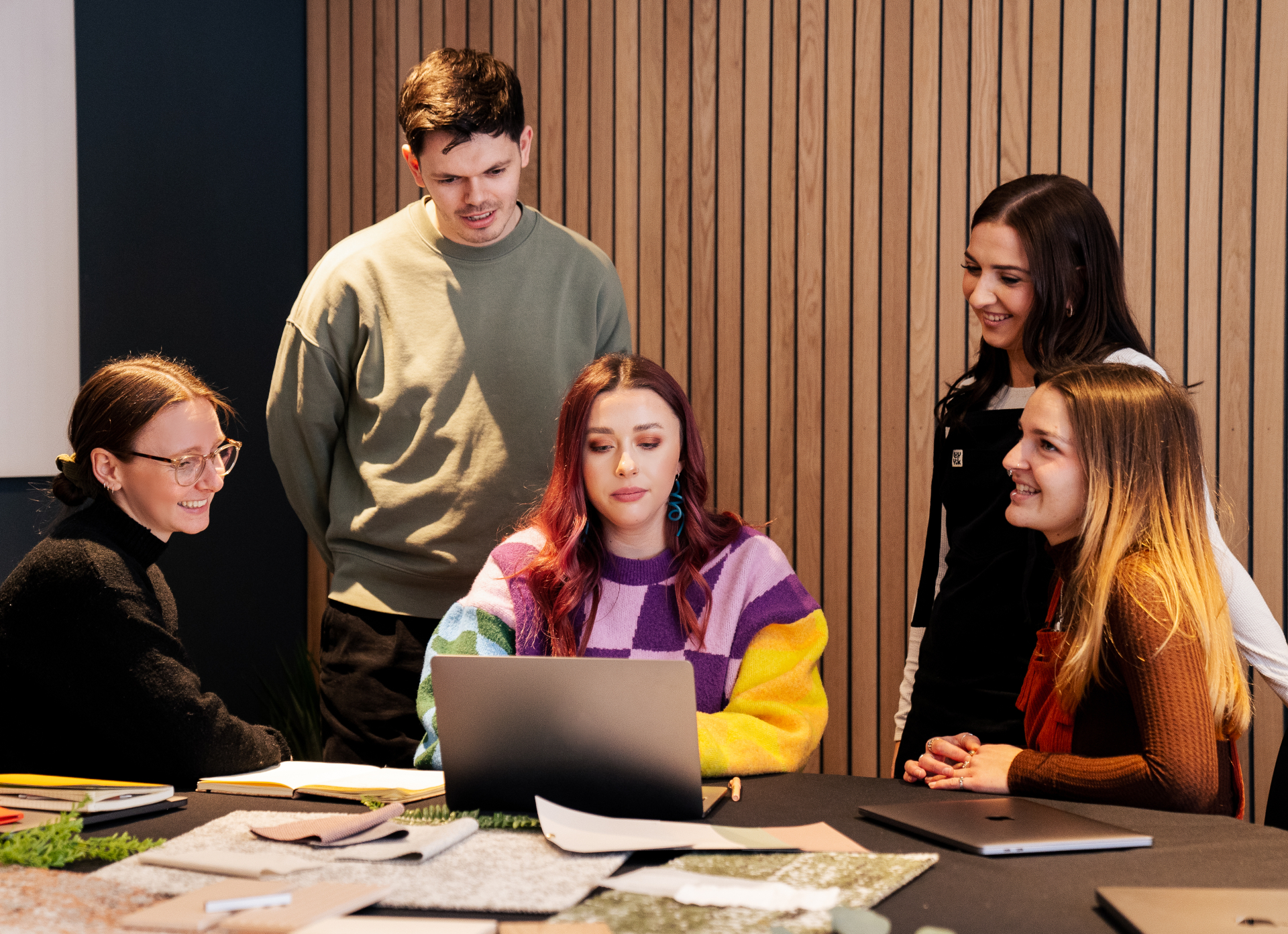
What inspired you to focus on interior design?
I've always been very creative, and I think it's kind of a cliche for most interior designers that we did things growing up like, if you had dolls, you'd make dolls’ houses for them, or you'd play games like The Sims. Everyone always says they've played The Sims! But for me, it was one of the teachers I had at secondary school. We had a careers day, and they made me aware that interior design was an option because I saw art as something I loved to do, but not necessarily what I wanted to do as a career.
Interior design is like a happy medium between being creative but also a career in itself. So I kind of fell into it that way, and I've stuck with it. Even when I was at CRC I did an internship with a company in Cambridge to better understand interior design. I feel it's one of those industries where there's not a lot of knowledge about what is actually involved. Is it architecture? Is it art? What is it?! So I found it really helpful to understand where it sat within design, and I think that secured for me that it was what I wanted to do going forwards.
Architecture is a lot more rigid, and a lot more controlled in a way. Interior design has a bit more fluidity to it. For me, there's something about the spaces we inhabit and how we can impact them that I think is important. Knowing that even simple things like what colours you're choosing or what light fixtures you select have an impact on people - that made me think a lot more about the spaces I was using, and I wanted to influence that. Furniture is also a really big part of interior design, if you’re designing a workplace, how can the furniture you select improve the ways in which people are working? If you’re designing a restaurant, how can your furniture selection enhance the dining experience?
What’s the most valuable thing you took away from your education?
Something that was very vital throughout my degree was always looking at things from different perspectives. It was never that you just get an idea and then you're done. It was always “How can you take that further?” How can you look at it from a different perspective, and question everything that you do to make sure you're always doing the best you can. I think that's a really good way of looking at things, not just in my career but life in general.
We did a lot of development, so it wasn't that you'd have an idea and then just immediately develop that into your final concept. There was so much in between in terms of how you'd look at things - whether you’d draw it, whether you’d do more research, whether you'd create 3D models, whether you'd go to different places and see how people are experiencing them. Looking at the narratives of spaces, how people are using them and what they think of those spaces. So it was always just delving below the surface to actually understand everything.
Which aspects of the course most helped your career development and why?
Being able to visualise perspectives that are outside my own. It’s such a huge part of what we do because obviously, I know how I want things to look and feel, but I'm not representative of every person, every end user. So it's always about looking beyond yourself and understanding every person that's going to enter that space.
A really good example is my final project. I was very interested in how women experience places, particularly women after childbirth, and how a lot of spaces aren't actually designed for women with young children. It can create barriers for a lot of women. I spent a lot of time with them, went to different groups for mothers and babies, and asked about their experiences, trying to understand as much as I could.
Since then I've done a lot of hospitality design, one of which is based in Ely, called The Yard. The site we had was quite a challenging space to work with. It had been derelict for years, so utilising existing buildings was a challenge. Part of that was designing a space specifically for parents to be able to have a coffee and a nice time, but also a space for their kids to play and have fun without it meaning they can't also have that grown-up experience as well. It completed at the start of this year and it's it's a really lovely space. It's nice to be able to go there now it's done and experience it for myself. The overall feedback has been that it's just a place for everyone really.

What piece of advice would you give to your younger self?
To not be afraid, to have fun with it. I think there's a lot of pressure on young people, especially when you're doing a degree, just to put your head down and study really hard. And of course that's important, but have fun learning too. I could research the specific topics that really interested me, and the kind of everyday experience we had in the studio isn’t something you're ever going to be able to experience again. Just have fun with all that experimentation you get to try in your studies.
Because when you go into the world of work you don't really have the opportunity to be as free as you were with your studies. Some clients come to you with a really firm idea of what they want, others have almost no idea. That might seem like the more fun option, but a lot of the time you're trying to figure out their mind & what they’re thinking. You need to coax it out of them and understand what they want to achieve without them vocalising it. They've come to us for a reason, so they're always looking for advice, and whether you as a designer think something is going to work better. So there's quite a lot of scope to be creative, especially where I am now. We pride ourselves on being a creative company. Every design is creatively led, and we want to make sure that's what people are getting. As a student I was always encouraged to take a very hands on approach with the materials and ideas I had. I spent a lot of time in the workshop! This has really helped me to see the possibilities in my designs now.
What was your favourite thing about studying in Cambridge, and what did you learn about it that you didn’t know before?
Cambridge is just beautiful. On a creative course it was really easy to get inspiration from anywhere. There's so many beautiful buildings, so many art galleries. There's just a lot happening in the creative industries in Cambridge, and a lot of it is incredibly accessible as well. It's not that you have to pay a lot of money to be able to access those things, and a lot of people are really willing to let you into spaces if you just want to have a little look.
There's a lot of really beautiful restaurants for example, because luckily Cambridge has a lot of independent ones rather than chains. Chain restaurants tend to have the same look wherever you go in the country and that works for them. But there's a lot of independents in Cambridge, and they're able to put their own spin on things. A lot of them are in older buildings too, so it's modern design meets older architecture. But there are also some really beautiful older buildings like the Fitzwilliam Museum. It’s an art gallery, but the building itself is just really beautiful, and a really iconic piece of architecture.
As a city, it was just really inspiring and I enjoyed that about it. A lot of people think of Cambridge as just Cambridge University, but it's actually a really open city that is for everyone. And I think that's what I learned most about it.
What projects are you currently working on, both at work and outside it?
In work I've got quite a few projects happening at the moment. My primary base is the workplace, so I'm really passionate about workplace design. It's important because it's where we spend most of our time. So we need to make sure it’s a space where we're healthy, and that we think about sustainability in terms of how we build it. But also how it's then used, the different kinds of user experience, and understanding there are so many ways we can impact how people work within a space. We can increase productivity, we can increase creativity. You can reduce absenteeism just through different means of design, and that's really amazing to think we can have that impact.
Everyone knows that idea of a blank white office with just banks of desks and a really sad looking plant that’s seen better days. So it's trying to step away from that and make people understand there's so much more that can be in a workplace. We've got a few of those projects at the moment, one just outside Cambridge that’s a large shared office space. We're taking that and making it into something a lot more fun.
I'm really interested to see that happen outside of work too. I think the biggest project is my own flat! I moved out of home earlier this year, so it's about making it my own space now. It's more of a challenge as a renter, because there are some limitations to what you can do, but it’s really fun to experiment with my own space.
Eleanor's past projects:

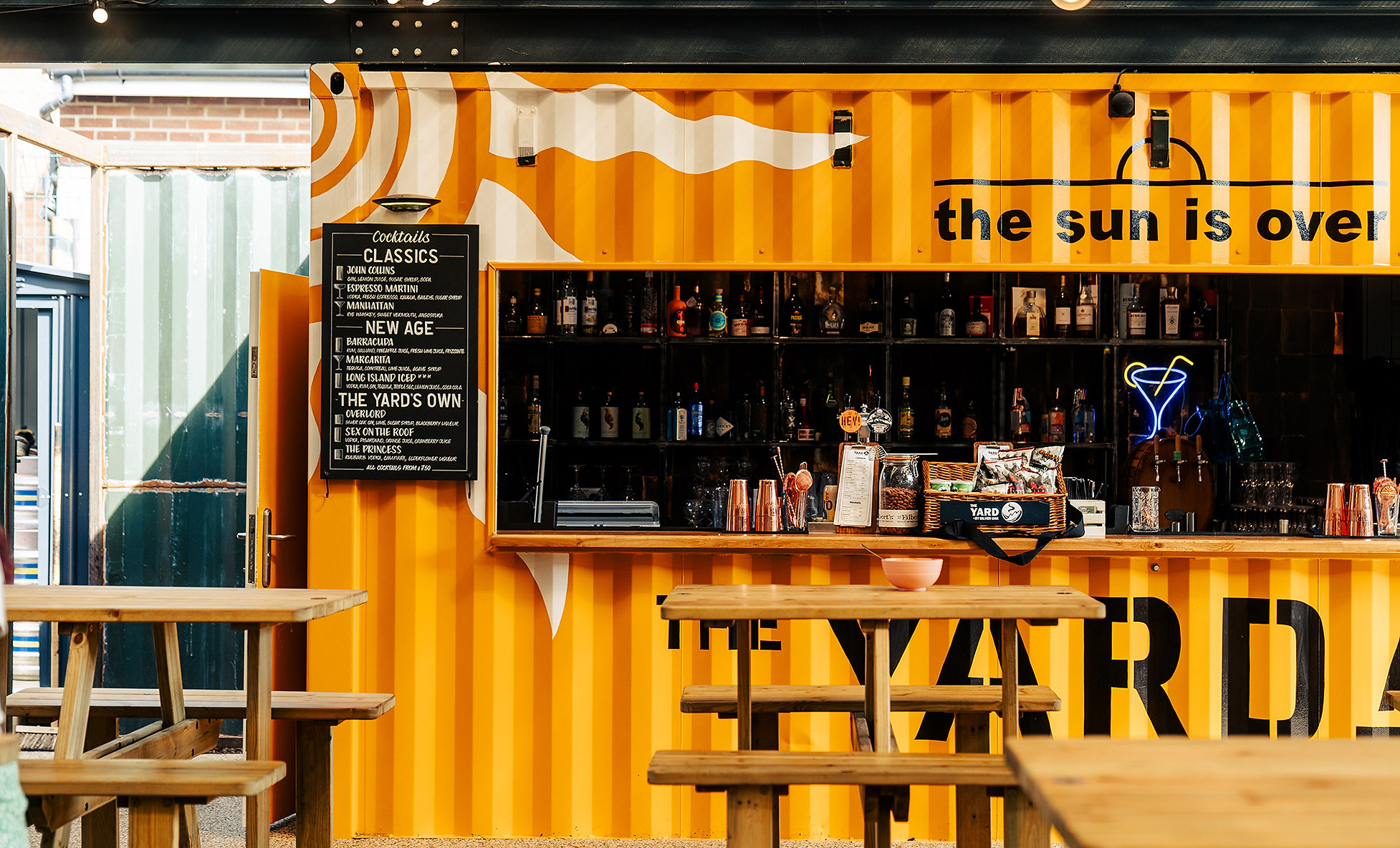
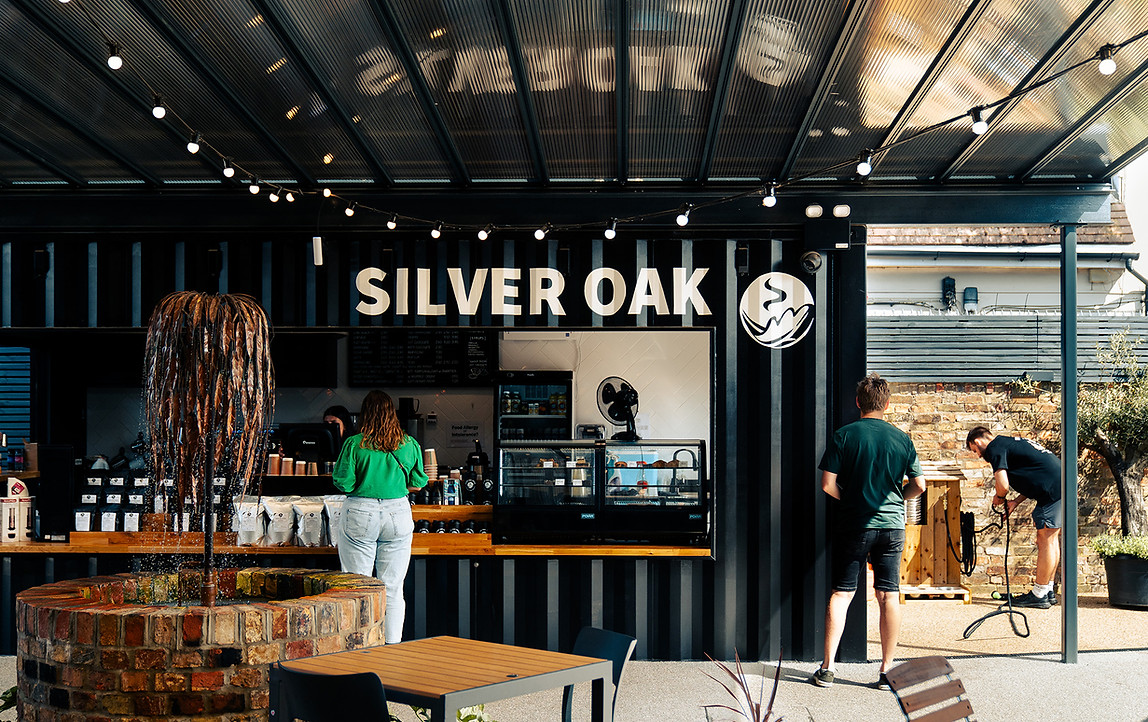

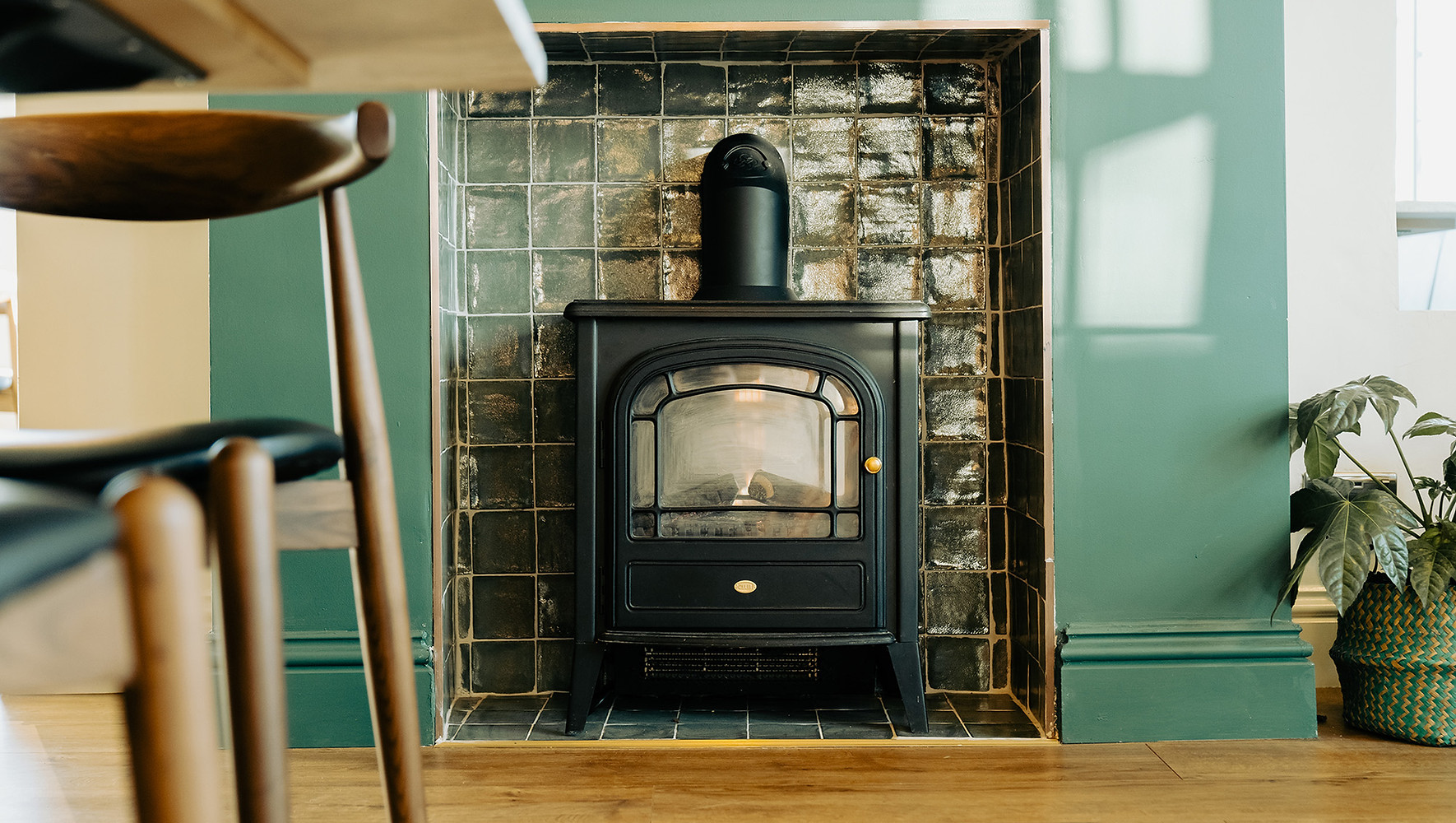
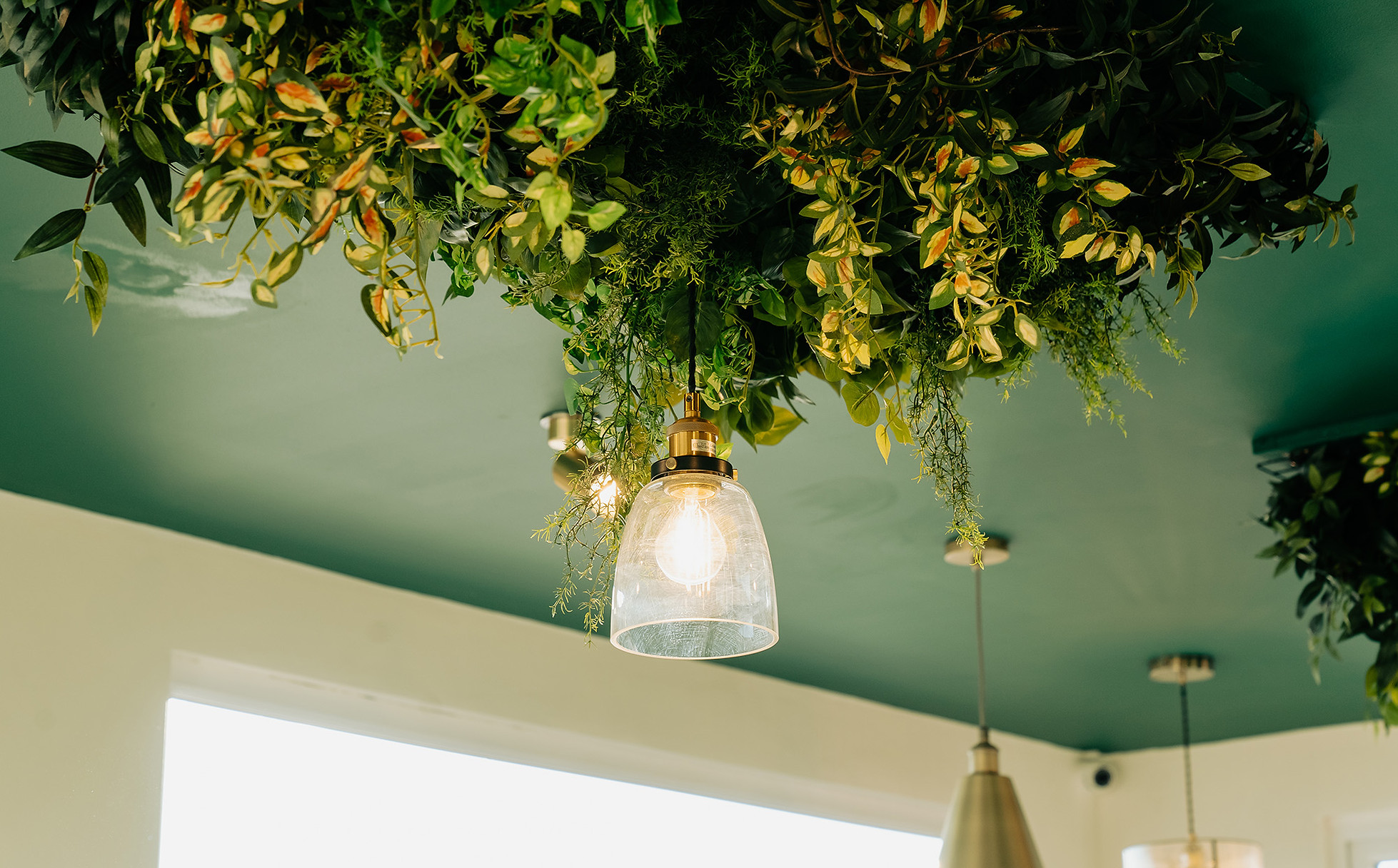
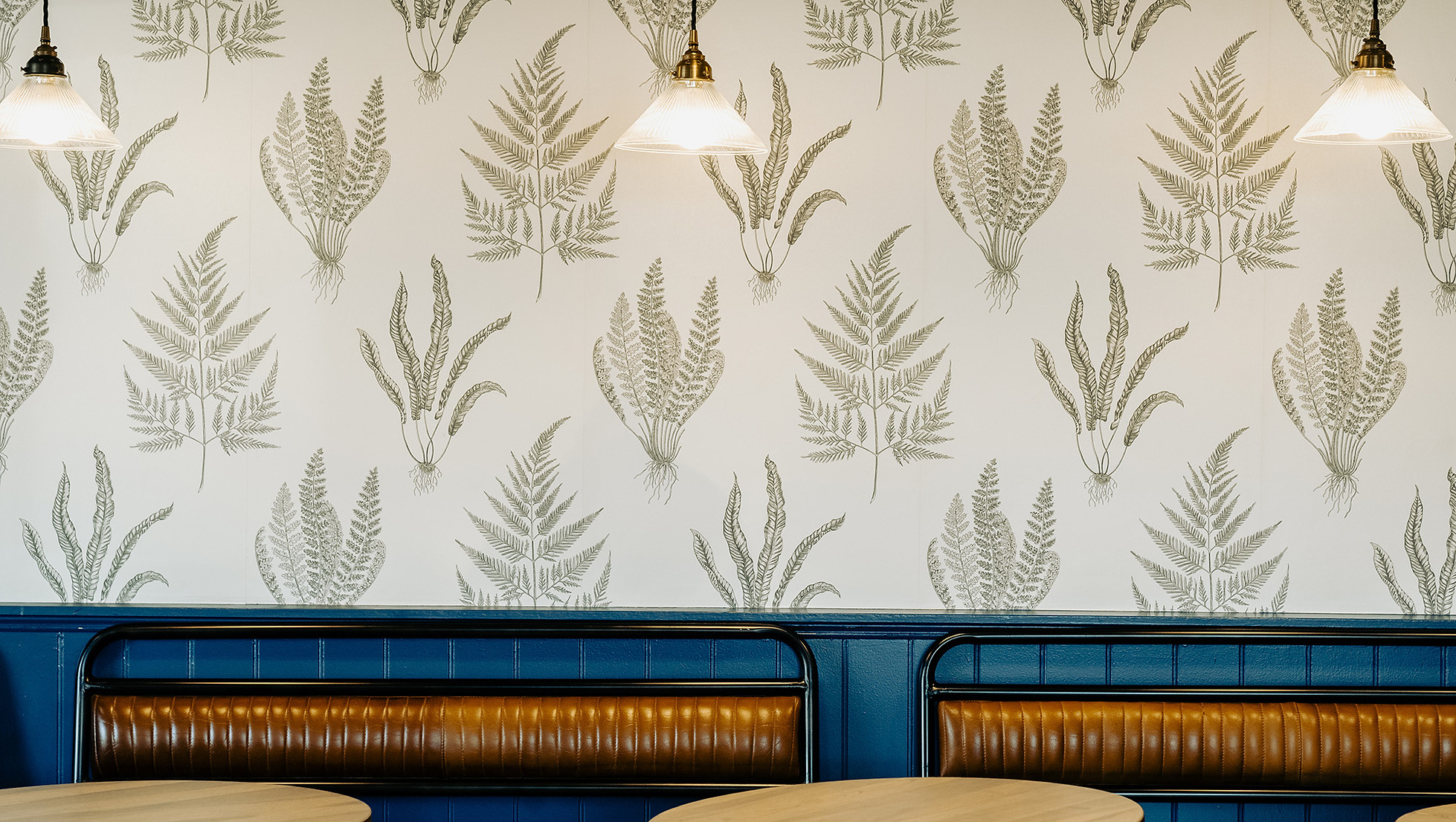
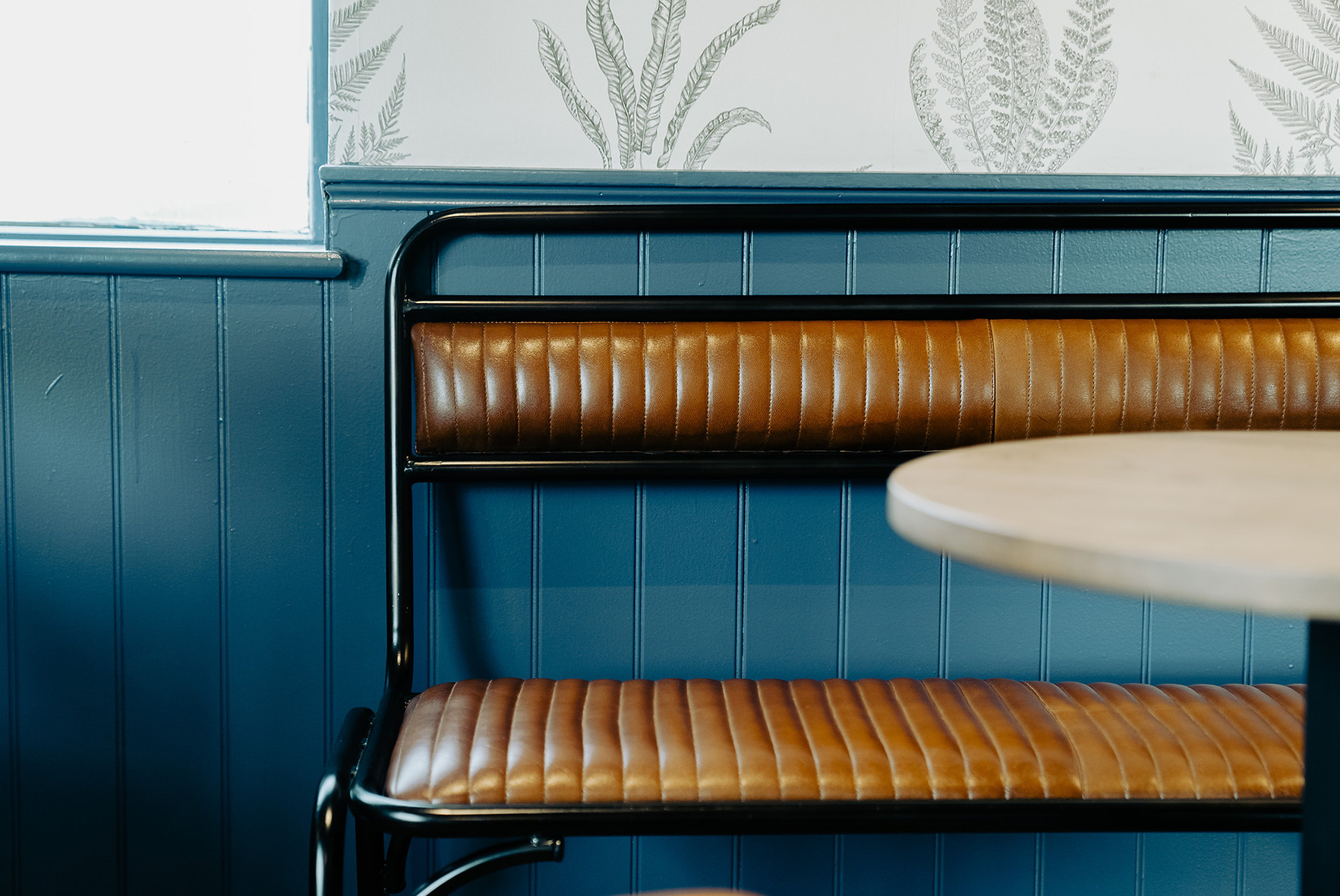
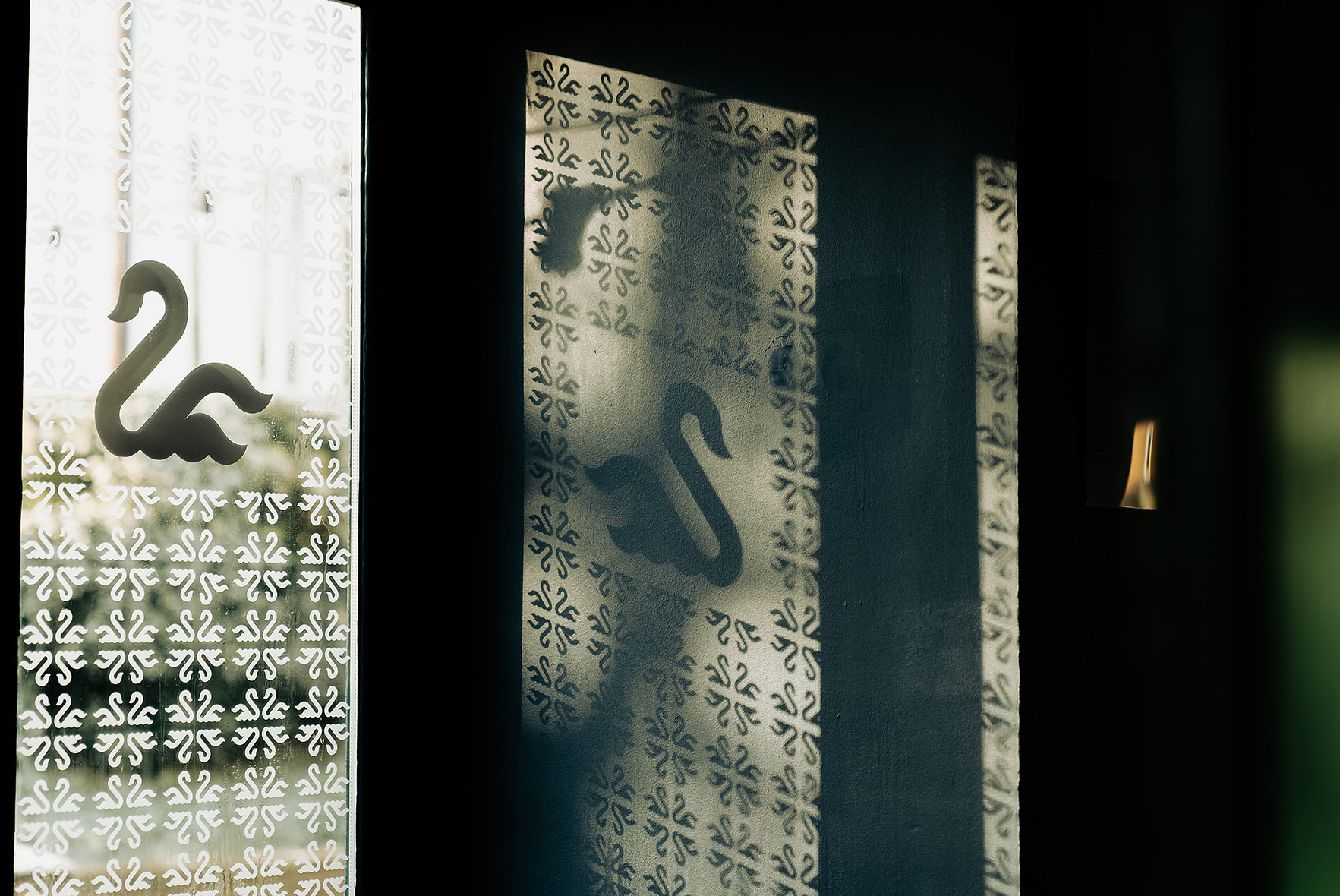
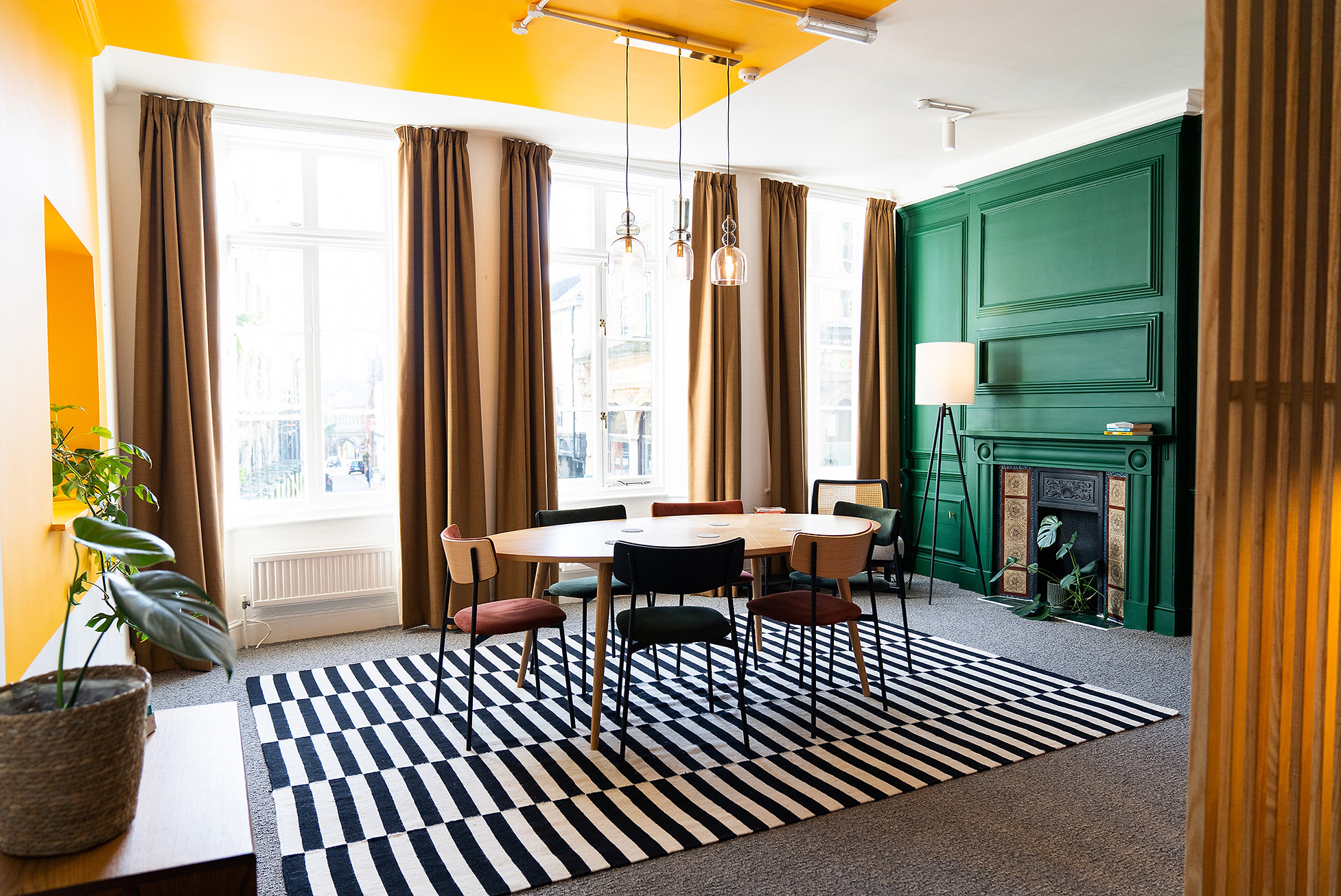
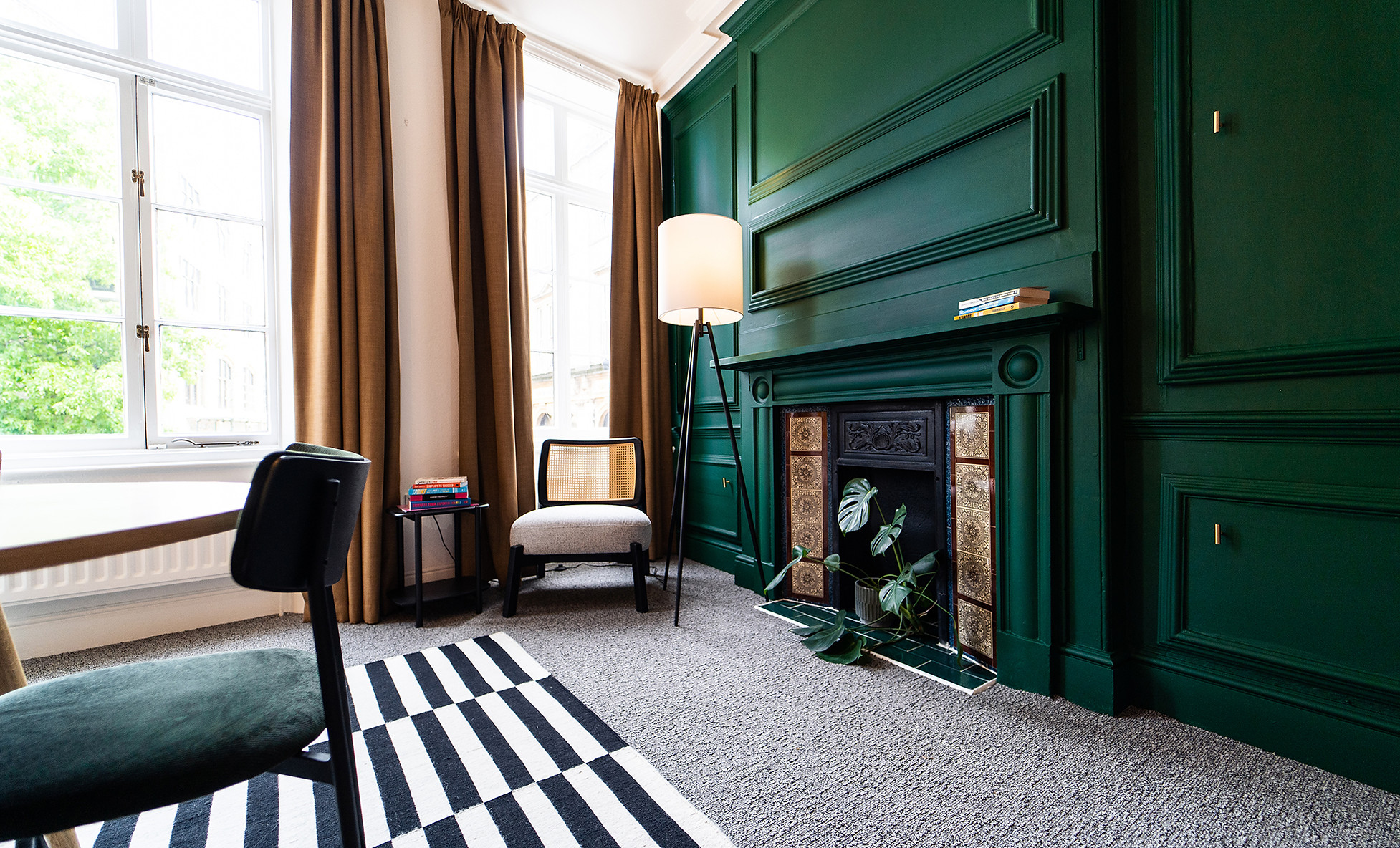
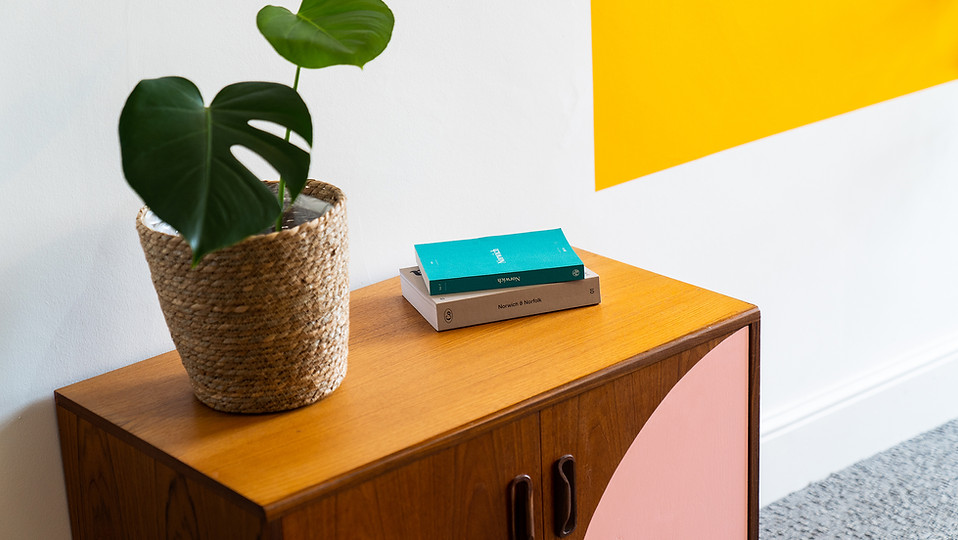
Where now

ARU website
BA (Hons) Interior Design
Interior designers work with clients to create attractive, safe and functional rooms and spaces. Study BA (Hons) Interior Design at ARU in Cambridge, and develop your creative vision.
Learn more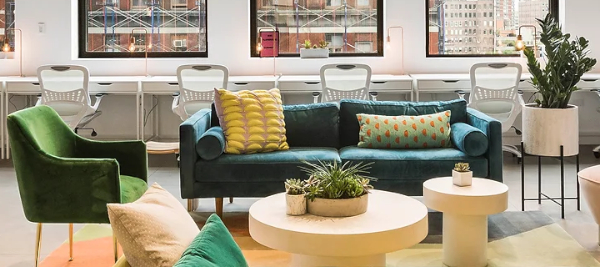
External website
Layrd Design
A well designed and thought out workspace should not be a privilege but available to all companies and employees. We offer commercial Interior Design services across various sectors, specialising in Office, Gyms/Leisure, Cafe/Restaurant Design, and full onsite fit-out services including all contractors and onsite project management.
Visit Layrd Design